Have you ever heard of flat feet, but never confirmed whether you have them? Or, do you always feel tired when walking and your feet ache after standing for a long time, but you don't know where the problem lies?
Nowadays, more and more hospitals, rehabilitation centers, and insole customization stores are equipped with a technological device - plantar pressure detector. It claims to be able to easily identify foot problems, especially to determine whether it is flat feet. So, is it really reliable? How accurate is it? Today, let's uncover its "true face" together.
What is a plantar pressure detector?
A plantar pressure detector is an intelligent device that evaluates foot health by the force applied when the sole of the foot contacts the ground. During the test, the examinee only needs to stand barefoot or walk across the test board, and the instrument can capture the pressure distribution of each part of the sole of the foot through the built-in sensor, and convert the data into images, such as heat maps, pressure curves, etc.
From the image, we can clearly see whether the arch of the foot is well supported, whether the heel is tilted, and whether the center of gravity is balanced, which can provide a strong basis for judging flat feet.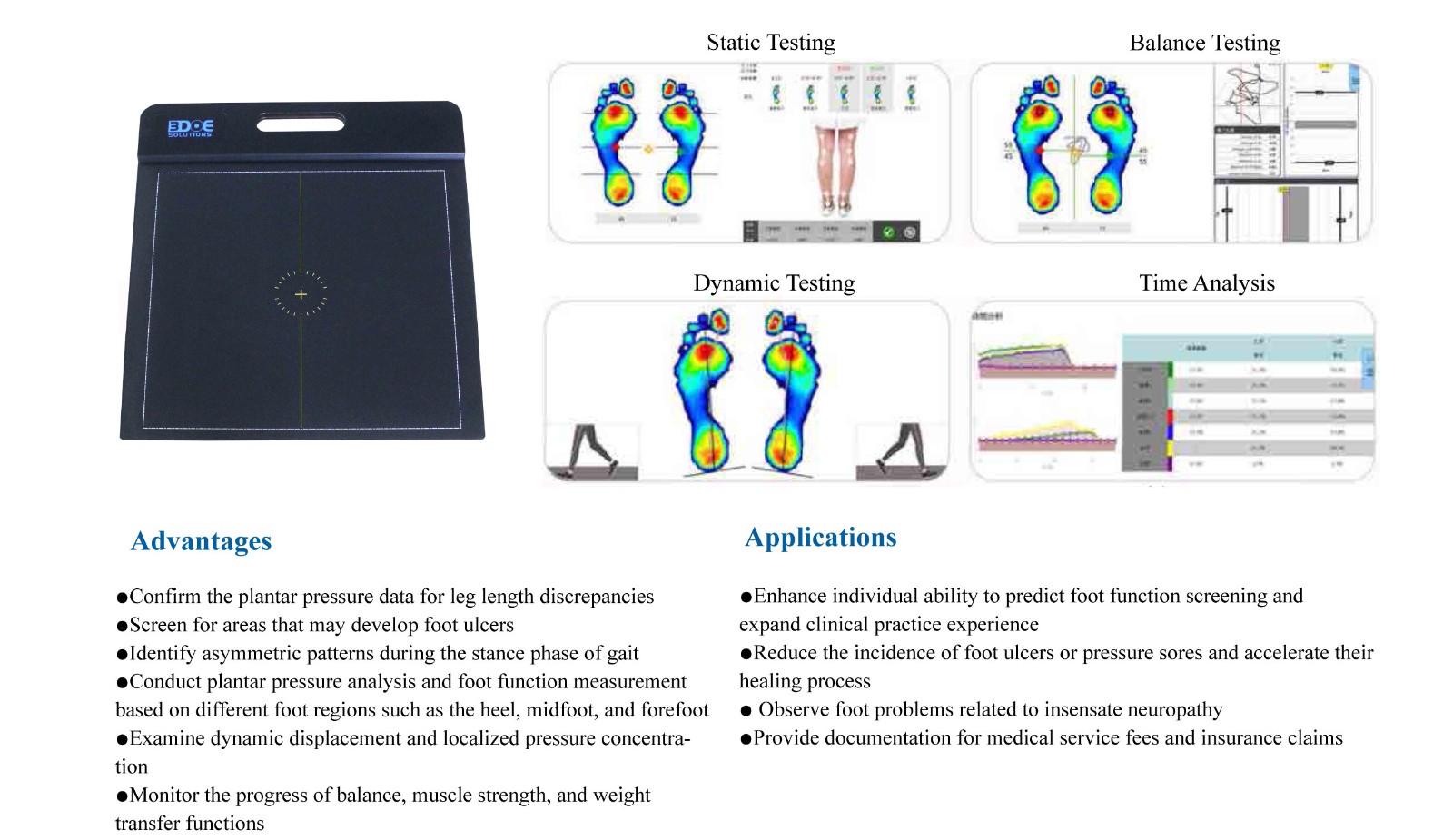
How does it determine flat feet?
The key to determining flat feet is to observe the pressure performance in the arch area. When standing, the normal arch has a small contact area between the midfoot area and the ground, and the pressure is concentrated on the forefoot and heel.
When the arch collapses, that is, flat feet, the midfoot area contacts the ground more, the pressure increases significantly, and the entire sole is almost "covered" with the test board.
The plantar pressure detector uses this principle to capture the force and contact area of the midfoot, and combines the data model to determine whether the arch is abnormal. This method is not only fast, but also does not require wearing and taking off complex equipment, and the test can be completed in a few minutes.
So, how high is its accuracy?
From a number of clinical practices, the accuracy of the plantar pressure detector in screening flat feet is generally between 85% and 92%, and the performance is very stable. Especially in the monitoring of foot development in children and adolescents, it has become an important tool for podiatrists.
Of course, the accuracy rate will also be affected by some factors.
For example, the accuracy of the instrument itself, the experience of the operator, whether the person being tested maintains a natural standing posture, or even whether the test is barefoot, will all affect the results. Professional institutions usually combine doctor evaluation, three-dimensional foot scanning, and even X-rays to make a more comprehensive judgment.
Compared with traditional testing methods, what are the advantages?
Compared with traditional naked eye observation or manual arch measurement, the plantar pressure detector has obvious advantages. It can not only "see" the stress state when standing statically, but also capture the changes in the soles of people during dynamic processes such as walking and running. This has greater reference value for identifying potential structural problems, especially functional flat feet.
Moreover, it does not require radiation and is easy to operate, suitable for all ages from children to the elderly.

 +86-0755-86131192
+86-0755-86131192 2025-05-22
2025-05-22 Back to list
Back to list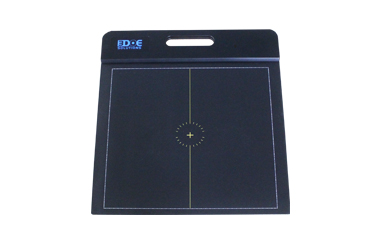
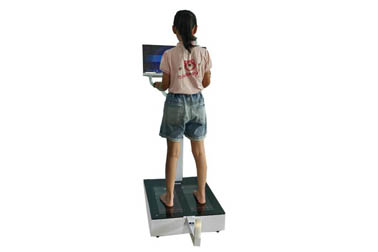
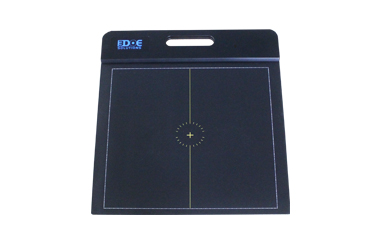
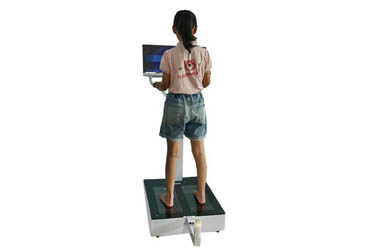
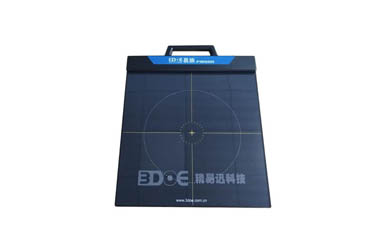
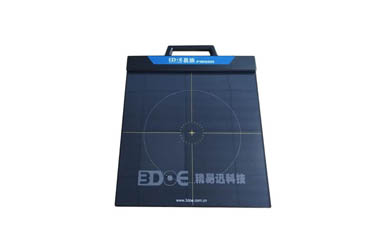



 +86-0755-86131192
+86-0755-86131192